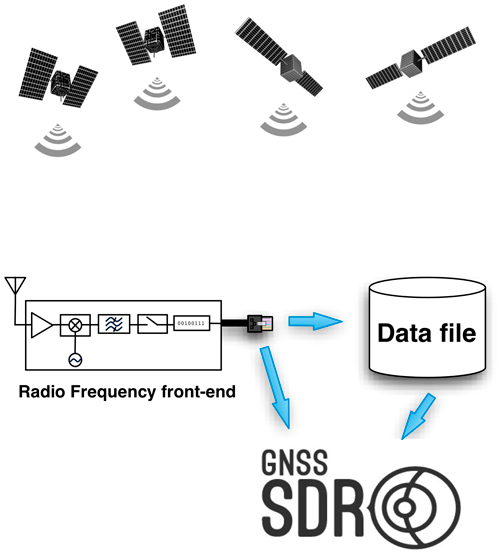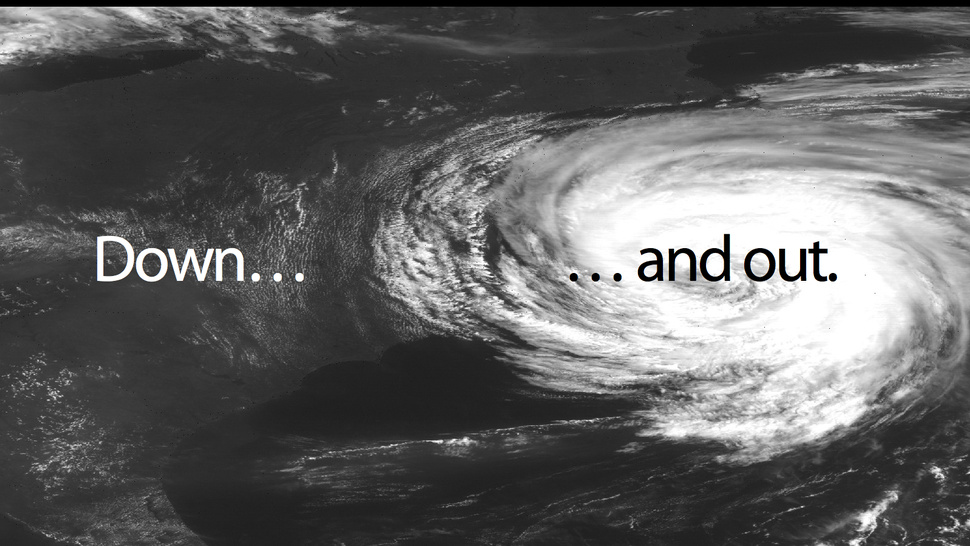
GNSS Software Defined Receiver Project
The science behind the GPS/GNSS receiver is something that one marvels at; so many complexities. However, it still remains very very simple at a conceptual level. But the science behind it is really advanced! In fact, I believe that Einstein would have been proud of the GPS industry. Now, wondering why would Einstein be so proud – it is in fact the only commercial domain in which the relativity theory is being actively used.
The first thing that comes to our mind when we say GPS is either a car navigation system or a hand-held receiver being operated by some guy with survey equipments. More often that not, each receiver has it own proprietary firmware on it and can be accessed only as the company wants to you to.
A lot of researchers have wanted to break the shackles so that they can write their own ionospheric modelling algorithm and see if it works fine or maybe change something in the way the navigation bits are being read. Without having to use simulators and the like. In a sense, the researchers and “rebels” wanted to work with their hardware, the way they wanted it to behave. With commercial receivers that was a little too difficult!
So for all of us who want to get to understand “more” about the GPS receiver at its code level and perhaps try and play around with the algorithm – Here’s the link to get to do all that and more.
GNSS-SDR is an open-source GNSS software receiver freely available to the research community. This project provides a common framework for GNSS signal processing which can operate in a variety of computer platforms. This tool is intended to foster collaboration, increase awareness, and reduce development costs in the field of GNSS receiver design and customized use of GNSS signals.
Good Luck with your algorithm 😉 Here’s how you can participate in this project – link.
P.S: I actually wanted to write about an amazing piece of work that helps experiment with GPS receivers using a really cheap and accessible piece of Hardware but I suppose I have to wait before I write about that. Soon, that’s a promise 🙂
Did you like this post about GNSS Software? Read more and subscribe to our monthly newsletter!







